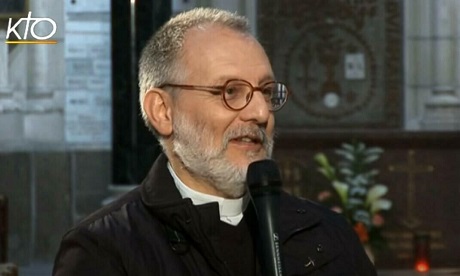The gender pay gap remains a thorny and persistent problem in society.
In the U.S., women are underpaid relative to white men at every education level and in most occupations, on average earning only 82 cents for every dollar a man earns.
This disparity is even greater when we consider race/ethnicity, where Black women (63 cents), Latino women (55 cents), and Native American women (66 cents) all earn even less.
The gender pay gap isn’t just a problem for the U.S.
It exists in every country on earth.
Globally, there is a 37% gap between the wages of women and men.
Even in some of the most egalitarian countries such as Iceland, there remains a 24% gap in wages for similar work, and in some of the least egalitarian countries (e.g., Ethiopia, India, El Salvador, Bolivia, and Lesotho), the gap is as large as 49%.
Many explanations have been given for the gender pay gap, but a recent investigation suggests it might just be religion.
Could religion be the real culprit creating the gender pay gap?
In a recent series of studies, Drs. Traci Sitzmann (University of Colorado Denver) and Elizabeth Campbell (University of Minnesota) provide compelling evidence that the answer is yes.
They argue that tenets found in each of the worlds six major religions—Buddhism, Christianity, Folk, Hinduism, Islam, and Judaism—can create norms and expectations regarding the roles of men and women that fuel the gender pay gap in cultures where religiosity (belief in religion) is high, compared to secular cultures where religiosity is low.
In their first study, they used global data from 140 countries to test this idea.
They showed that in countries where religiosity is high (e.g., Pakistan, Philippines, and Sri Lanka), women only earn 46% of what men do; in countries where religiosity is low (e.g., Estonia, Sweden, and Denmark), women earn 75% of men’s wages.
An important finding was that the effect held true for all major world religions.
It doesn’t matter if most believers in a country are Jewish, Christian, Muslim, Buddhist, Hindu, or adherents to a folk religion.
Evidence indicated that the wage gap is greater in countries where religion plays a major role in daily life.
In their second study, U.S. data from the 50 states mirrored this same pattern. In states with the highest levels of religiosity, women earned 74% of men’s wages; in states lower in religiosity, women earned 82% of what men did.
Further, evidence revealed that the pay gap itself was narrowing faster over time in states with lower religiosity.
Based upon U.S. trends, the gender wage gap is projected to vanish in approximately 28 years in the most secular states, compared with 109 years in the most religious.
Why does religion drive the gender pay gap?
Their findings show that religiosity drives the gender wage gap through
- women being relegated to domestic roles focused on caregiving and discouraged from participating in the workforce either directly or through a lack of family-supportive policies,
- greater tolerance for the sexualization and sexual victimization of women, and
- being less likely to accept women in leadership positions.
“We’ve got the Pope saying, ‘the door is closed, women are not allowed to be leaders in the church,’” Sitzmann said, referring to Pope Francis’ 2013 statement on female priests in the Catholic Church. “That sets the stage for a very strong norm where leadership roles are reserved for men” she adds. Continue reading
Additional readingNews category: Analysis and Comment.




